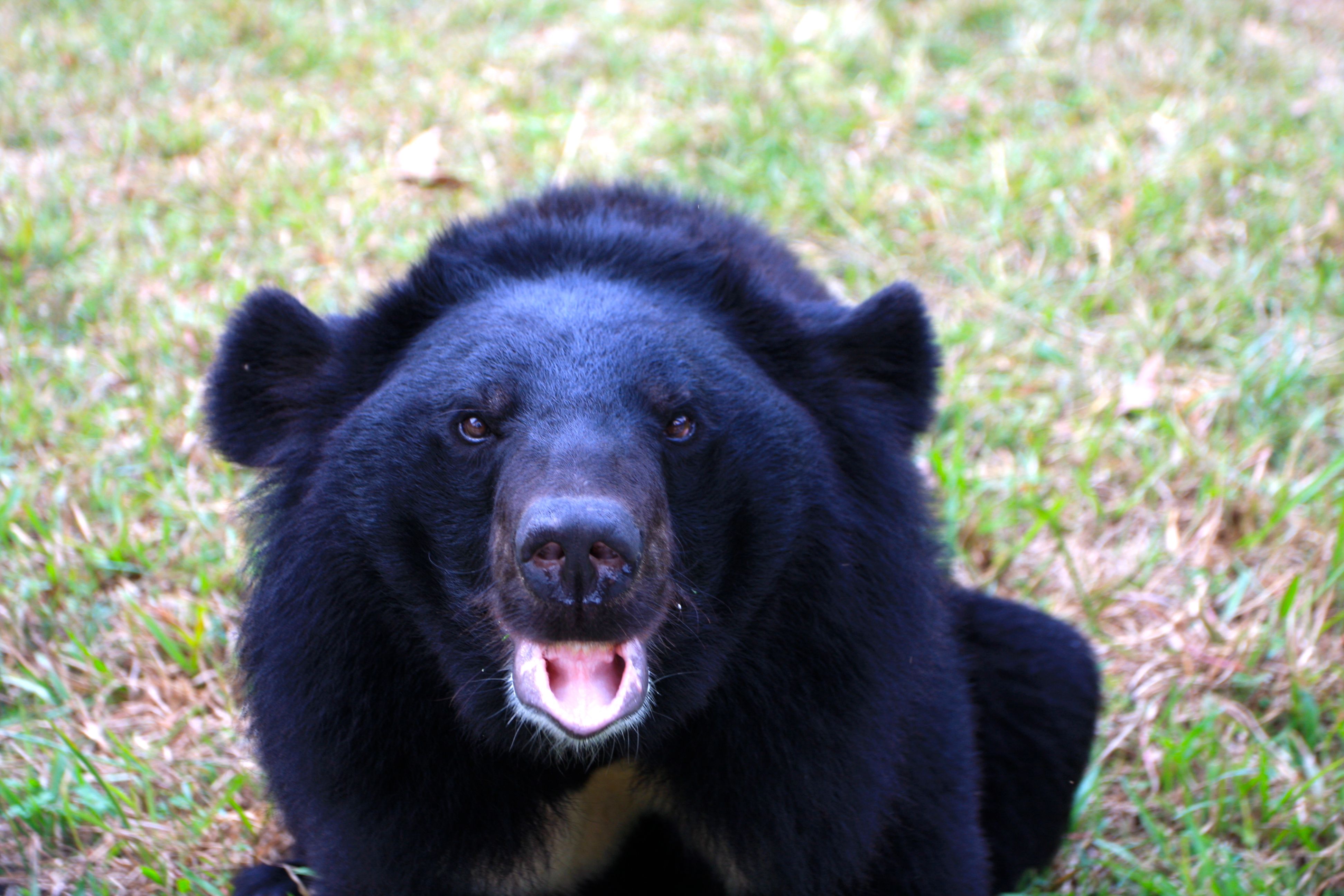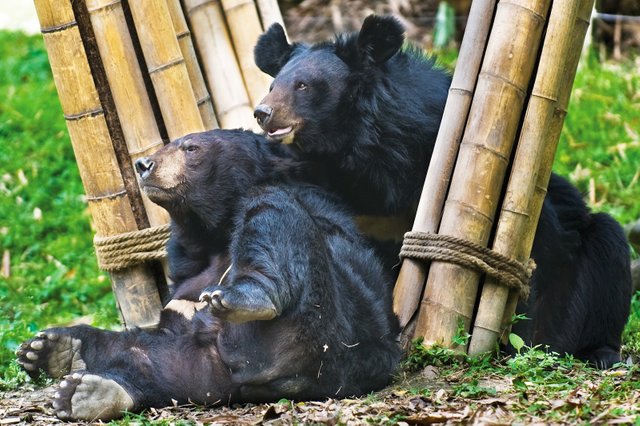Vietnam Bear Sanctuary

In a former French hill station in the Chat Dau Valley called Tam Dao, just a two drive from Hanoi, a decisive battle was fought and won. This wasn’t a military conflict of a previous generation, it happened in 2013 and was a fight between decency and greed.
It was a close run thing and it needed the Vietnamese Government to step in with the final judgement.
Tucked away on a winding road on the side of a hill, in a national park, is the Tam Dao bear sanctuary. Around 12 hectares in size and run by the Animal Asia Foundation since being promised to the NGO by the Prime Minister Nguyen Tan Dung in 2005, it is home to over a hundred bears who have been victims of bile harvesting.
Bile, believed to have therapeutic properties, has long been superseded by herbal and synthetic alternatives which renders bear harvesting unnecessary.
In 2010 a decree allowed for land in national parks to be leased out for tourism. At the time this was seen as a sign of good faith as a way of promoting a growing industry but others seized upon it as a means to legitimize the taking of land for personal gain.
The sanctuary looked set to become one of those that would fall foul of the sprint for riches.
In this case, it was the national park’s own director who was behind an attempt to close the sanctuary and build a resort complex.
His efforts were only thwarted at the final hurdle by the intervention of the Government. His reprimand was welcomed by many groups, not just those involved in animal welfare but also a wider demographic of Vietnamese people who are concerned with land grabs by well-connected individuals.
The horrific practice of bear bile harvesting has been outlawed in Vietnam for several years and although great strides have been made in enforcing the law, new cases of abuse are uncovered with depressing regularity.
Bears are kept drugged in cramped cages whilst their gall bladders are punctured and the bile drained for human consumption.
This isn’t a one off operation, the wound is kept open so as to collect each trickle every minute of every day.
Although the constant pain and distress of the animal is hard to comprehend, the injuries and infection caused are apparent to anyone who sees them. Many of the animals are already missing limbs after being caught in the wild by poachers using heavy spring-loaded metal traps.
Any of their paws that survive the initial capture soon begin to rot from lack of use as they are kept in suspended cages where they cannot touch the ground. In their desperation, their teeth are left broken and worn away from chewing at the bars.
These bears, mainly Asiatic Black Bears and Malaysian Sun Bears, are condemned to a life of misery unless they are rescued by the likes of the Tam Dao sanctuary.
An animal hospital in the grounds, manned by veterinary surgeons, has performed hundreds of operations including necessary gall-bladder removals and amputations.
Admission to the park is free, although donations are much appreciated, and English speaking guides provide an interesting and engaging commentary.
The style of the sanctuary may resemble a playground but the layout provides ample space and variety for the bears to mimic their life in the wild.
The wooden and bamboo raised platforms allow them to socialize with one another while the more solitary ones can escape the pack by relaxing on the smaller equipment.
The climbing frames and wooden mazes encourage the animals to exercise their bodies and stimulate their minds. The hammocks and swings, as well as providing fun, perfect their dexterity and balance. When the summer temperatures peak they can cool down in their own rock pools containing water purified onsite from nearby polluted river water.
Because of the size of the problem in the country, the sanctuary realises it has to prove to the next generation of Vietnamese that there is a the need for greater protection for the animals. As a result they provide educational tours for schoolchildren from Hanoi and the surrounding districts.
With their webpage and a presence on Facebook the management are striving to connect with the local public because they are the ones that not only hold the future of the sanctuary in their hands but also that of the bears survival in their natural habit in Northern Vietnam and other parts of South East Asia.
